Bisby, F.A.; Roskov, Y.R.; Orrell, T.M.; Nicolson, D.; Paglinawan, L.E.; Bailly, N.; Kirk, P.M.; Bourgoin, T.; Baillargeon, G.; Ouvrard, D. (red.). 2011. "Papilio homerus Fabricius, 1793." Species 2000 & ITIS Catalogue of Life: 2011 Annual Checklist. Reading, U.K.: Species 2000. Retrieved October 15, 2014.
- Available at: http://www.catalogueoflife.org/annual-checklist/2011/details/species/id/6108075
"Conservation of Homerus -- Largest Swallowtail of the Americas." Florida Museum of Natural History: Research > Conservation. Retrieved October 15, 2014.
- Available at: http://www.flmnh.ufl.edu/mcguire/research/conservation#homerus
Emmel, T.C.; and Garraway, E. 1990. "Ecology and Conservation Biology of the Homerus Swallowtail in Jamaica (Lepidoptera: Papilionidae)." Tropical Lepidoptera 1(2):63-76.
Esper, Eugenius Johann Christoph. 1830. Die ausländischen Schmetterlinge in Abbildungen nach der Natur mit Beschreibungen. Vol. II: Plates. Erlangen: im Verlage der Expedition des Esper'schen Schmetterlings- und des Schreber'schen Säugthierwerkes.
- Available via Biodiversity Heritage Library at: http://biodiversitylibrary.org/page/12763197
- Available via Internet Archive at: http://www.archive.org/stream/dieauslndische02espe
Garraway, Eric; and Bailey, Audette. Butterflies of Jamaica. Macmillan: Caribbean Pocket Natural History Series.
Garraway, E.; Bailey, A.J.A.; Freeman, B.E.; Parnell, J.R.; and Emmel, T.C. 2008. "Population Studies and Conservation of Jamaica’s Endangered Swallowtail Butterfly Papilio (Pterourus) homerus." Journal of Insect Conservation 12(3-4):383-397.
"The Giant Swallowtail Butterfly." Jamaica Gleaner. Kingston, Jamaica: July 27, 2006. Retrieved October 15, 2014.
- Available at: http://jamaica-gleaner.com/gleaner/20060727/eyes/eyes2.html
Gimenez Dixon, M. 1996. "Papilio homerus." In: IUCN 2008. International Union for Conservation of Nature and Natural Resources. Retrieved October 15, 2014.
- Available at: http://www.iucnredlist.org/details/full/15992/0
Glenn, C.R. 2006. "Jamaican Giant Swallowtail Butterfly." Earth's Endangered Creatures (Online). Retrieved October 15, 2014.
- Available at: http://www.earthsendangered.com/profile-50.html
"Homerus Swallowtail Butterfly (Papilio homerus)." U.S. Fish and Wildlife Service: Species Profile. Retrieved October 15, 2014.
- Available athttp://www.fws.gov/ecos/ajax/speciesProfile/profile/speciesProfile.action?spcode=I0MK
Hope, F. W. 1845. "The Auto-Biography of John Christian Fabricius. Translated from the Danish." Transactions of the Royal Entomological Society of London, Vol. 4: i–xvi.
- Available via Wiley Online Library at: http://onlinelibrary.wiley.com/doi/10.1111/j.1365-2311.1845.tb01318.x/full
"Jamaica's Giant Swallowtail Buttefly (Papilio homerus)." Jamaica Observer: News. Kingston, Jamaica: March 11, 2007. Retrieved October 15, 2014.
- Available at: http://www.jamaicaobserver.com/news/120150_Jamaica-s-Giant-Swallowtail-butterfly--Papilio-homerus-
Lehnert, M.S. 2008. "The Population Biology and Ecology of the Homerus Swallowtail, Papilio (Pterourus) homerus, in the Cockpit Country, Jamaica." Journal of Insect Conservation 12(2):179-188.
"Papilio homerus Fabricius, 1793." uBio: Universal Biological Indexer and Organizer NamebankID 1079945. Woods Hole, MA: Marine Biological Laboratory, Woods Hole Oceanographic Institute Library. Retrieved October 15, 2014.
- Available at: http://www.ubio.org/browser/details.php?namebankID=1079945
"Papilio homerus: Homerus Swallowtail." Encyclopedia of Life. Retrieved October 15, 2014.
- Available at: http://eol.org/pages/130882/details
"Papilio homerus (Homerus Swallowtail)." ZipcodeZoo: Species Identifier 8726. Retrieved October 15, 2014.
- Available at: http://zipcodezoo.com/Animals/P/Papilio_homerus/
"Papilionidae Seen Near WRC." Windsor Research Centre. Retrieved October 15, 2014.
- Available at: http://www.cockpitcountry.com/papilionidae.html
Seitz, Adalbert. 1924. The Macrolepidoptera of the world: A systematic description of the hitherto known Macrolepidoptera. Vol. 5: The American Rhopalocera. With 203 plates. Stuttgart: Alfred Kernen.
- Available via Internet Archive at: https://archive.org/details/macrolepidoptera15seit
Thunderr. "Endangered Species -- Jamaican Giant Swallowtail Butterfly -- Pterourus Homerus." Care2Com, Inc.: Popular Stories. Retrieved October 15, 2014.
- Available at: http://www.care2.com/news/member/442150667/730993
Turner, T.W. 1991. "Papilio homerus (Papilionidae) in Jamaica, West Indies: Field Observations and Description of Immature Stages." Journal of Lepidopterists' Society 45(4):259-271.
- Available via Biodiversity Library at: http://www.biodiversitylibrary.org/page/41137427#page/533/mode/1up
University of Florida. 15 August 2007. "Largest Butterfly in Western Hemisphere Needs Help to Avoid Extinction." Science Daily, LLC: Featured Research from Universities, Journals, and Other Organizations. Retrieved October 15, 2014.
- Available at: http://www.sciencedaily.com/releases/2007/08/070814213615.htm
Warren, A.D.; Davis, K.J.; Grishin, N.V.; Pelham, J.P.; Stangeland, E.M. 2012. "Papilio homerus Fabricius, 1793 (Homerus Swallowtail)." Interactive Listing of American Butterflies. Butterflies of America Foundation. Retrieved October 15, 2014.
- Available at: http://butterfliesofamerica.com/papilio_homerus.htm
Wood, Delroy. 10 February 2012. "The Jamaican Giant Swallowtail Butterfly." The Juice Man: Facts and Figures. Retrieved October 15, 2014.
- Available at: http://www.juicemanonline.com/jm/kids-corner/facts-and-figures/item/166-the-jamaican-giant-swallowtail-butterfly



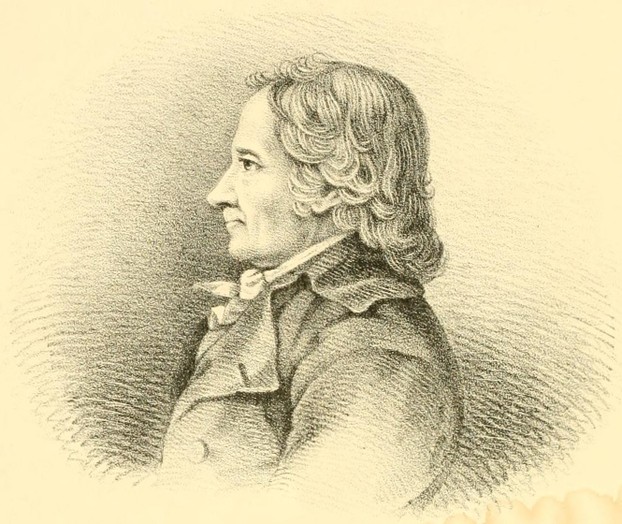
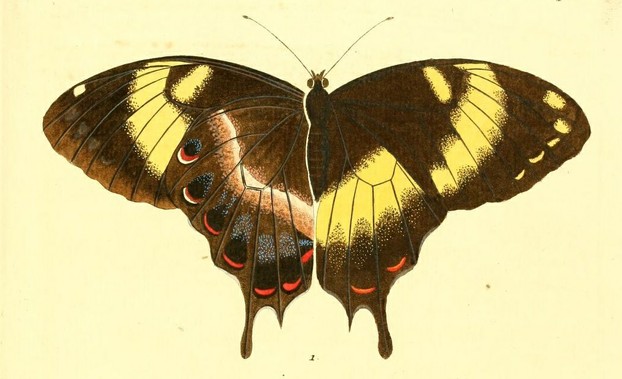
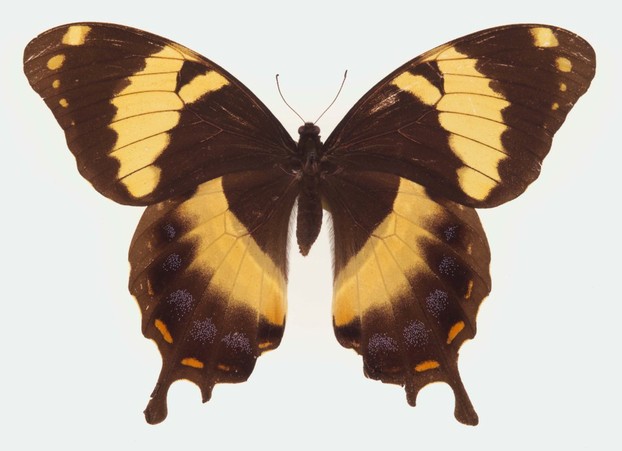
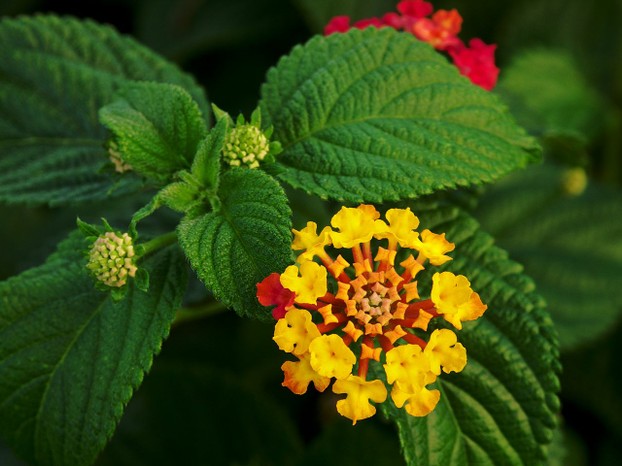
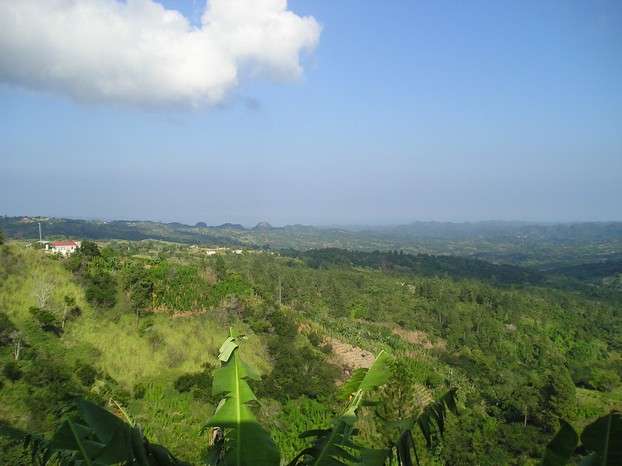

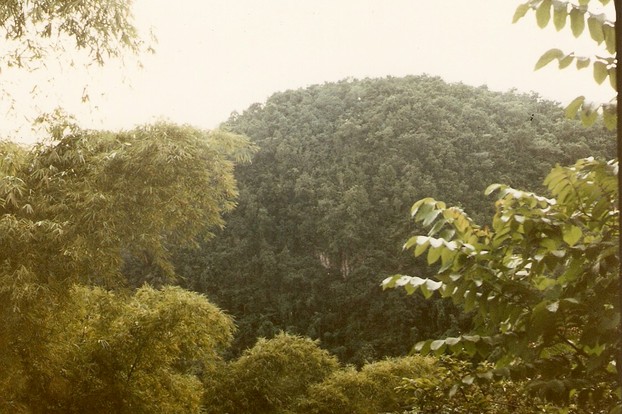
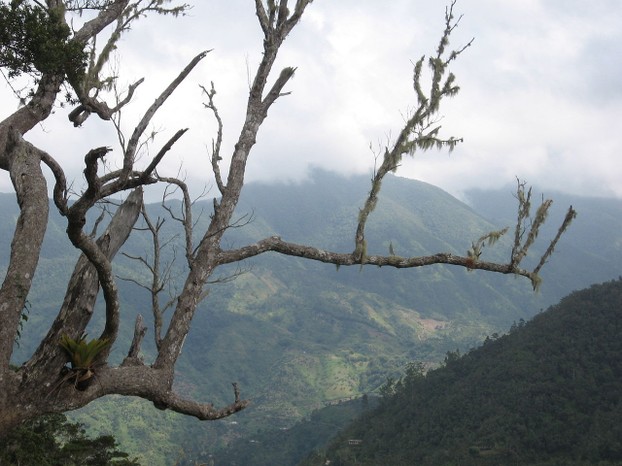



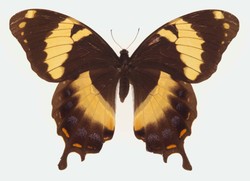

 Are Hawaiian Huakai Po Nightmarchers Avenging Halloween Thursday?on 10/02/2024
Are Hawaiian Huakai Po Nightmarchers Avenging Halloween Thursday?on 10/02/2024
 Mailing Addresses for 2023 Form 4868 Extending 1040 and 1040SR April 15, 2024, Due Dateon 04/15/2024
Mailing Addresses for 2023 Form 4868 Extending 1040 and 1040SR April 15, 2024, Due Dateon 04/15/2024
 Mailing Addresses for 2023 Forms 1040 and 1040SR Filed in 2024on 04/15/2024
Mailing Addresses for 2023 Forms 1040 and 1040SR Filed in 2024on 04/15/2024
 Mailing Addresses for 2022 Form 4868 Extending 1040 and 1040SR April 18, 2023, Due Dateon 04/13/2023
Mailing Addresses for 2022 Form 4868 Extending 1040 and 1040SR April 18, 2023, Due Dateon 04/13/2023

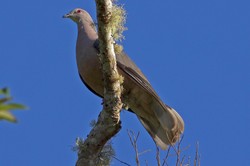
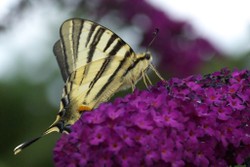
Comments
blackspanielgallery, And Louisiana has some special wildlife! The book that I find particularly helpful, and I wish he'd done it for all North America -- such as François Vuilleumier (Nov. 26, 1938-Jan. 11, 2017) did for birds from Canada through Mexico -- is Rich Cech's Butterflies of the East Coast. Some of the species should show up down your way.
I often see butterflies, but have no clue when it comes to identification.
RayCannon, Nature knows how to hide and when to safely appear or reappear, as Kristofer Helgen's discovery of the olinguito of Colombia's and Ecuador's cloud forests shows. It makes a difference when the nearest peopled communities care about survival of the species. So you well may see giant Homerus Jamaican swallowtails one day.
I was researching this butterfly and came across your blog. Some recent reports by Garroway suggest that the local community is really getting behind efforts to conserve this species: http://www.mdpi.com/2075-4450/8/3/69/htm
Which is good news. I would love to see it in the wild in Jamaica. Let's hope it has a bright future soaring above the canopy!
Ray Cannon
https://rcannon992.com
burntchestnut, Your avatar attests to your love of butterflies! The butterfly tee from AllPosters is one of my favorites. Semi-arid plants can be so brilliant and textured, which is why I appreciate lantana. Texas landscapes seem to show an appreciation of flowers. I appreciate that Lady Bird Johnson devoted so much in energy, love, resources, and time to the honoring of wildflowers.
I love butterflies and take many photographs. I love the butterfly tee shirt. You showed a photo of a lantana plant; we have those in south Texas, a semi-arid area.